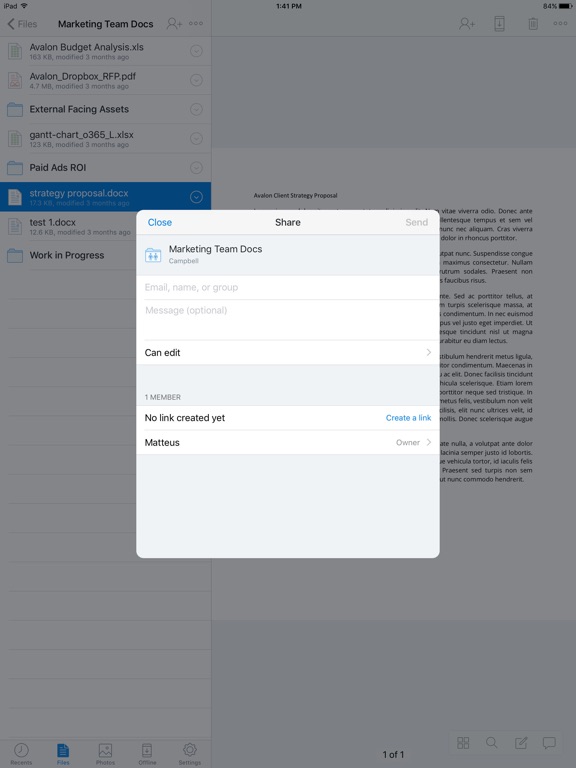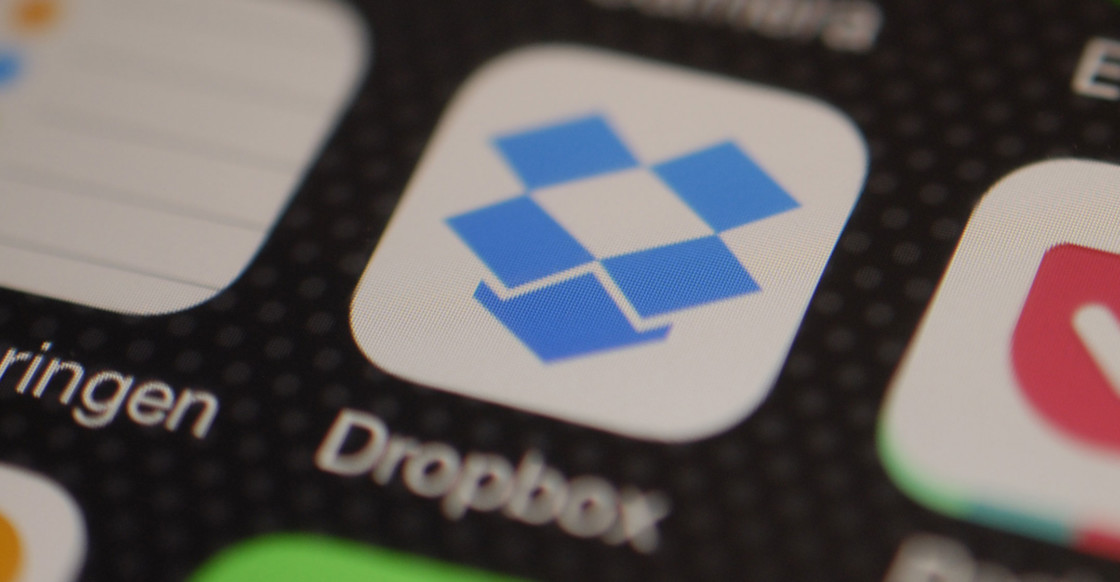

Winning Strategies (3 of 3) Win over consumers to influence enterprise decision making.ĭropbox’s initial product attracted a large following of consumers who adopted it for personal use. Targeting university students was especially effective because it tapped strongly-networked communities and seeded an audience about to enter the workforce. This strategy also allowed the company to defer costs, only incurring cost if the space was used.įurther, the simple and effective user value proposition incentivized word-of-mouth referrals among dense, promising user communities such as universities. As a storage company, this model effectively invested users in the product by not only introducing new users, but also facilitating a conversation that strengthened the brand’s core value proposition, storage.
DROPBOX COST 2017 FREE
Paypal’s referral marketing tactics, offering its key product (currency) as an incentive, inspired Dropbox’s referral strategy offering a two-sided incentive that awarded free storage to both the referrer and referees. This helped the company rapidly grow from 100,000 users to 4 million users in 15 months, with 35% of daily signups from referrals and 20% from viral features like shared folders 6.

Dropbox launched a referral marketing program that drove impressive word-of-mouth traction by offering additional free storage to users who sent invites to their friends. Winning Strategies (2 of 3) Drive growth through word-of-mouth and attractive referral-based strategies.Īlthough the company experimented with search, affiliate and SEM marketing, which cost $233-$388 per customer 5, Dropbox realized that this was not sustainable against a $99 annual service. Goodwater’s sentiment analysis illustrates consumer appreciation for Dropbox’s product experience: its users love that it is “easy to use”, “super useful”, and “never has issues”. 4 Its intuitive and reliable product design made it very simple for anyone to backup their files and access them anywhere, across a variety of desktop, laptop and mobile devices. These products served some niche enterprise and tech-savvy audiences but had limited appeal to individual consumers.ĭropbox identified consumer pain points in file management and developed a simple, easy-to-use product that fueled its momentum in what has become a $50 billion market. Online solutions such as file sending websites (), emailing attachments to oneself, FTP servers, and early services by Box and Microsoft were available but not widely utilized.
DROPBOX COST 2017 OFFLINE
Prior to Dropbox’s founding in 2007, consumers stored and transferred files offline via USB devices and hard drives. Winning Strategies (1 of 3) Identify market gaps and build consumer-centric product experiences.ĭropbox’s seamless, easy-to-use product experience was critical to educating and unlocking mass-market adoption of cloud storage technology.

Win over consumers to influence enterprise decision making.Drive growth through word-of-mouth and attractive referral-based strategies.Identify market gaps and build consumer-centric product experiences.Winning strategies: What can consumer-tech entrepreneurs and investors learn from Dropbox’s path to IPO?


 0 kommentar(er)
0 kommentar(er)
